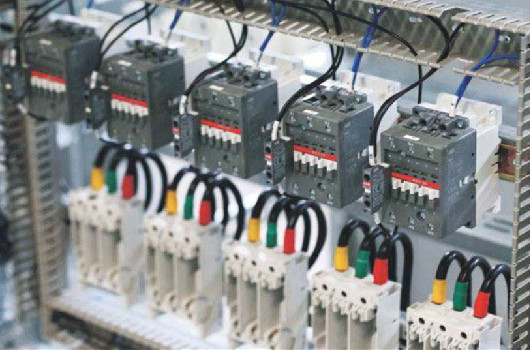Application of current transformers
1) The wiring of the current transformer should follow the series principle: that is, the primary winding should be connected in series with the circuit under test, while the secondary winding should be connected in series with all instrument loads
2) Select the appropriate change according to the measured current, otherwise the error will increase. At the same time, one end of the secondary side must be grounded to prevent the high voltage on the primary side from entering the secondary low voltage side once the insulation is damaged, causing personal and equipment accidents

3) The secondary side is absolutely not allowed to open circuit, because once the circuit is open, the primary side current I1 will all become magnetizing current, causing φm and E2 to increase sharply, resulting in excessive saturation magnetization of the iron core, serious heat generation and even burning of the coil; , which increases the error. When the current transformer is working normally, the secondary side is similar to a short circuit. If it is suddenly opened, the excitation electromotive force will suddenly change from a small value to a large value, and the magnetic flux in the iron core will show a severely saturated flat top. Therefore, the secondary side winding will induce a very high peak wave when the magnetic passes through zero, and its value can reach thousands or even tens of thousands of volts, which will endanger the safety of the staff and the insulation performance of the instrument. In addition, the open circuit of the secondary side makes E2 reach several hundred volts, and once touched, it will cause an electric shock accident. Therefore, the secondary side of the current transformer is equipped with a short-circuit switch to prevent the primary side from being open. As shown in K0 in Figure 1, during use, once the secondary side is open, the circuit load should be removed immediately, and then stop for processing. It can be reused after everything is disposed of.
4) In order to meet the needs of measuring instruments, relay protection, circuit breaker failure judgment and fault recorders, etc., in generators, transformers, outgoing lines, bus sectional circuit breakers, bus tie circuit breakers, bypass circuit breakers and other circuits All are equipped with current transformers with 2 to 8 secondary windings. For high-current grounding systems, generally three-phase configuration; for low-current grounding systems, two-phase or three-phase configuration according to specific requirements
5) The installation site of the protective current transformer should be set as far as possible to eliminate the non-protection zone of the main protection device. For example: if there are two sets of current transformers, and the location allows, they should be located on both sides of the circuit breaker, so that the circuit breaker is in the cross protection range
6) In order to prevent the busbar fault caused by the bushing flashover of the pillar-type current transformer, the current transformer is usually arranged on the outgoing line or the transformer side of the circuit breaker.
7) In order to reduce the damage caused by the internal fault of the generator, the current transformer used for automatic adjustment of the excitation device should be arranged on the outgoing side of the stator winding of the generator. In order to facilitate analysis and find internal faults before the generator is integrated into the system, the current transformer used for measuring instruments should be installed on the neutral side of the generator.




